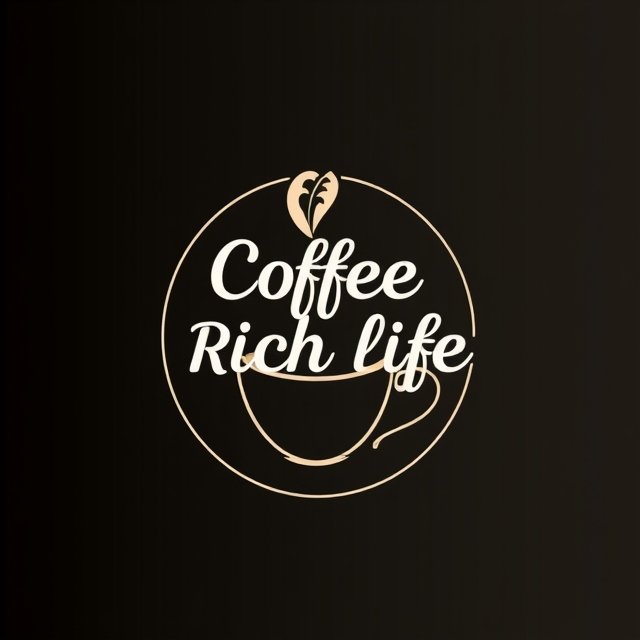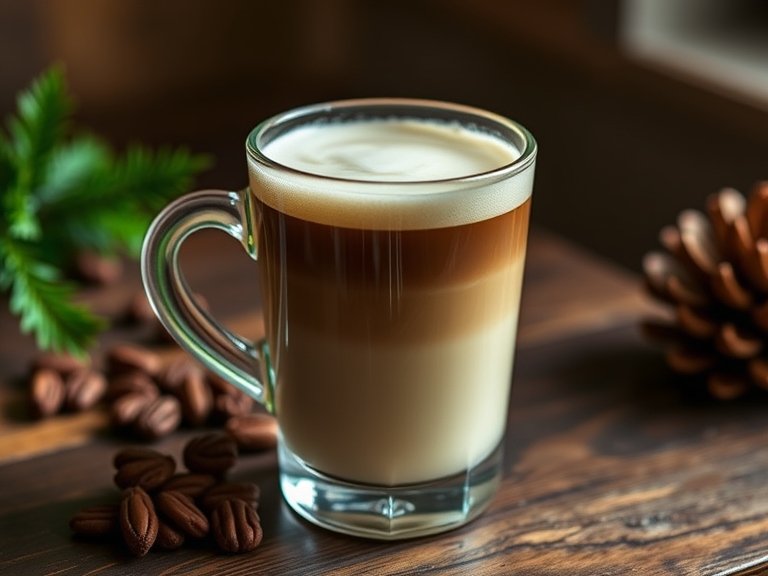The Origins and Heritage of Irish Coffee
The story of Irish Coffee begins in the winter of 1943 at Foynes Port, near Limerick, Ireland. Chef Joe Sheridan created this warming drink to comfort American passengers whose flight was turned back due to bad weather.
The combination of hot coffee, Irish whiskey, sugar, and cream quickly became a sensation among travelers.
The drink found its way to America through travel writer Stanton Delaplane, who introduced it to the Buena Vista Cafe in San Francisco. Today, this cafe still serves over 2,000 Irish Coffees daily, maintaining the traditional recipe that made it famous.
The Perfect Blend: Essential Ingredients
Creating the perfect Irish Coffee requires careful attention to four key ingredients. Premium-quality coffee provides the foundation, providing a rich and robust base.
Traditional Irish whiskey adds warmth and character, while brown sugar dissolves smoothly to create harmony between the coffee and whiskey. The crown of lightly whipped cream adds the signature finishing touch.
Fresh, hot coffee is crucial for the best results. The coffee should be strong enough to stand up to the whiskey but not so bitter that it overwhelms the other flavors. Many experts recommend using a medium to dark roast coffee for optimal taste.
The Art of Preparation
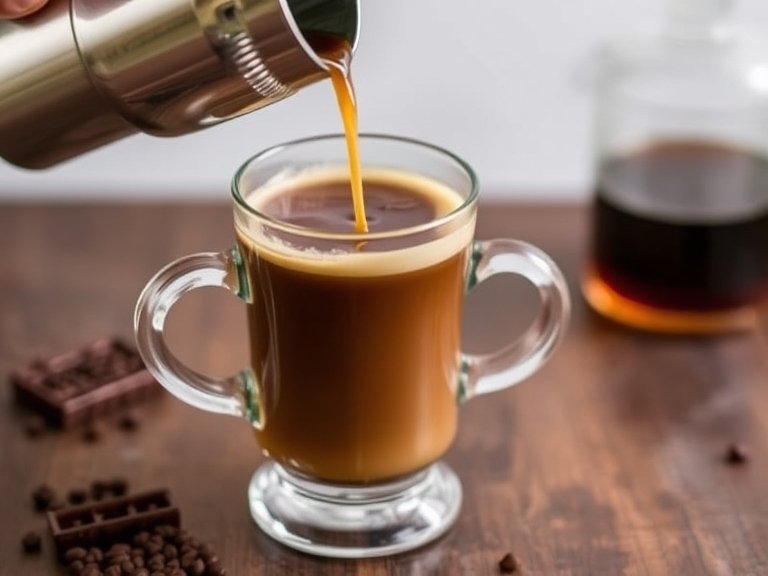
Making Irish Coffee is both an art and a science. Start by warming your Irish Coffee glass with hot water. This step ensures your drink stays hot longer.
Pour out the water and add brown sugar to the warm glass. Add freshly brewed hot coffee and stir until the sugar dissolves completely.
Next comes the whiskey—traditionally Jameson or Powers, though any good Irish whiskey will do. The key is adding the right amount: too much overwhelms the coffee, and too little gets lost in the mix. A standard measure is about 1 ounce (30ml) per serving.
The Perfect Pour: Cream Technique
The cream is what makes Irish Coffee visually stunning and texturally perfect. The cream should be lightly whipped – not too stiff, but thick enough to float.
The traditional method involves gently pouring it over the back of a spoon, allowing it to layer perfectly on top of the coffee mixture.
The cream should be cold and fresh, with a fat content of at least 36%. Whip it until it reaches a consistency where it’s thick but still pourable. This creates the signature layered effect that makes Irish Coffee so distinctive.
Regional Variations and Modern Twists
While purists stick to the traditional recipe, various regions have developed their interpretations. Some versions use different types of whiskey, while others experiment with flavored syrups or alternative sweeteners. In colder climates, you might find versions with added spices like nutmeg or cinnamon.
Modern baristas have created contemporary variations, including iced versions for summer and decaf options for evening service. Some establishments offer variations using different spirits, though purists argue these shouldn’t be called Irish Coffee.
Health and Wellness Considerations
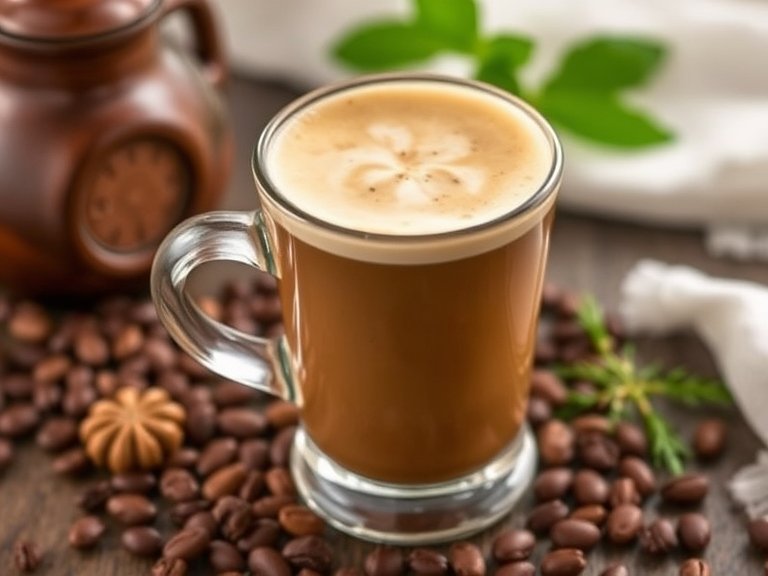
When enjoying Irish Coffee, it’s important to remember it contains both alcohol and caffeine. While moderate consumption can be part of a balanced lifestyle, being mindful of timing and quantity is wise. The combination of stimulants (caffeine) and depressants (alcohol) affects everyone differently.
For those watching their sugar intake, sugar-free alternatives can be used, though they may slightly alter the traditional taste. Non-alcoholic versions can be made using Irish whiskey flavoring for those who prefer to avoid alcohol.
The Cultural Impact
Irish Coffee has become more than just a drink – it’s a cultural icon representing Irish hospitality and ingenuity. It appears in literature, film, and popular culture as a symbol of sophistication and comfort. The drink has helped promote Irish tourism and has become a must-try experience for visitors to Ireland.
Many Irish pubs worldwide feature their special version, often with subtle variations that make them unique while maintaining the essential character of the original recipe.
Seasonal Enjoyment and Occasions
While Irish Coffee can be enjoyed year-round, it’s particularly popular during cold weather months. It’s a favorite after-dinner drink during holiday celebrations and special occasions. Many people associate it with St. Patrick’s Day celebrations, though in Ireland it’s enjoyed throughout the year.
The drink also makes appearances at brunches and as a warming treat during winter sporting events. Its versatility makes it appropriate for both casual gatherings and formal occasions.
Pairing Suggestions
Here are some perfect pairings for your Irish Coffee:
- Traditional Irish desserts like bread pudding or apple cake
- Dark chocolate treats that complement the coffee notes
- Simple shortbread cookies that won’t overwhelm the drink’s flavors
- Light pastries that balance the richness of the cream
Equipment and Tools
For the best Irish Coffee experience, having the right equipment is essential. Traditional Irish Coffee glasses are clear, stemmed, and heat-resistant. A proper whisk or hand mixer for the cream and a good coffee maker are also important tools.
Keeping your glasses warm before serving helps maintain the perfect temperature throughout the drinking experience. Many establishments use specialized warmers for this purpose.
The Professional Touch
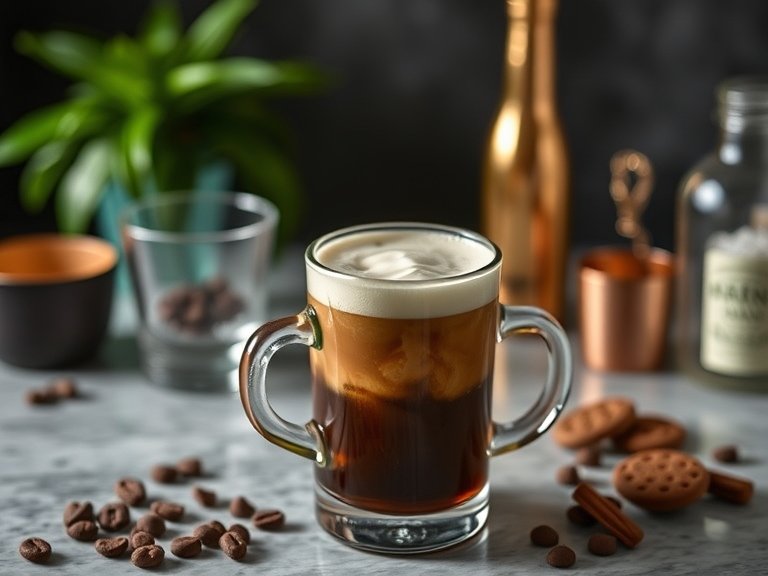
Professional baristas often develop their techniques for creating the perfect Irish Coffee. Some focus on the temperature balance between hot coffee and cold cream, while others perfect their cream-pouring technique for the most attractive presentation.
Training staff to make proper Irish Coffee is an important part of many bar and restaurant programs, especially in establishments with Irish themes or connections.
Sourcing Quality Ingredients
Finding the right ingredients makes a significant difference in the final product. High-quality coffee beans, properly roasted and freshly ground, provide the best base. Premium Irish whiskey, while more expensive, offers superior flavor and smoothness.
Fresh cream with the proper fat content is essential for achieving the perfect float. Some establishments source local cream for the freshest possible taste and texture.
Environmental Considerations
Modern Irish Coffee service often includes considerations for sustainability. This might mean using locally sourced ingredients, choosing organic coffee beans, or implementing eco-friendly serving practices. Some establishments offer reusable or biodegradable takeaway options for those who want to enjoy their Irish Coffee on the go.
Tips for Home Preparation
Creating restaurant-quality Irish Coffee at home is achievable with attention to detail. Use freshly ground coffee beans and brew your coffee just before serving. Warm your glasses in advance, and practice the cream-floating technique with patience.
Experiment with different Irish whiskeys to find your preferred flavor profile. Some people enjoy a more robust whiskey presence, while others prefer a lighter touch.
The Social Aspect
Irish Coffee often serves as a conversation starter and social lubricant. Its preparation can be a performance that draws attention and creates a shared experience. The drink’s history and tradition provide topics for discussion and cultural exchange.
Economic Impact
The popularity of Irish Coffee has contributed significantly to Ireland’s tourism and hospitality industries. Many visitors seek out authentic Irish Coffee experiences, supporting local businesses and maintaining traditional preparation methods.
Future Trends
While respecting tradition, Irish Coffee continues to evolve. Some establishments experiment with cold brew versions or sustainable ingredients. Others focus on premium components, offering top-shelf whiskeys or specially roasted coffee beans.
Frequently Asked Questions
What’s the best type of whiskey for Irish Coffee?
Traditional Irish whiskeys like Jameson or Powers are ideal, but any quality Irish whiskey will work well.
Can I make Irish Coffee without alcohol?
Yes, you can use Irish whiskey flavoring or simply omit the whiskey for a non-alcoholic version.
Why won’t my cream float properly?
The cream needs to be lightly whipped but still pourable, and should be poured over the back of a spoon.
How hot should the coffee be?
The coffee should be freshly brewed and hot, but not boiling, typically around 185°F (85°C).
Can I make Irish Coffee ahead of time?
It’s best served fresh, as the temperature and layering are crucial to the experience.
Conclusion
Irish Coffee represents more than just a combination of ingredients – it’s a testament to creativity, hospitality, and the enduring appeal of well-crafted beverages.
Whether enjoyed in a historic Irish pub or crafted at home, it offers a unique experience that continues to captivate people worldwide.
Its perfect balance of warmth, sweetness, strength, and smoothness makes it a timeless classic that adapts to changing tastes while maintaining its essential character.
The drink’s legacy endures through the careful preservation of traditional methods alongside thoughtful innovation.
Whether you’re a purist who insists on the classic recipe or someone who enjoys modern interpretations, Irish Coffee remains a beloved part of cocktail culture that shows no signs of losing its appeal.
For those new to Irish Coffee, it offers an accessible entry point to craft cocktails and Irish culture. For experienced enthusiasts, it provides endless opportunities for refinement and experimentation.
This versatility, combined with its rich history and satisfying taste, ensures that Irish Coffee will continue to be enjoyed for generations to come.
